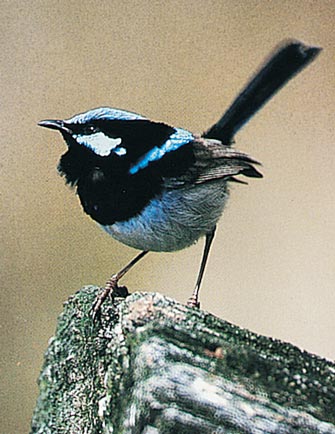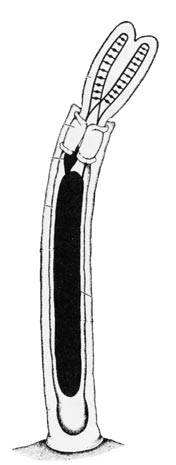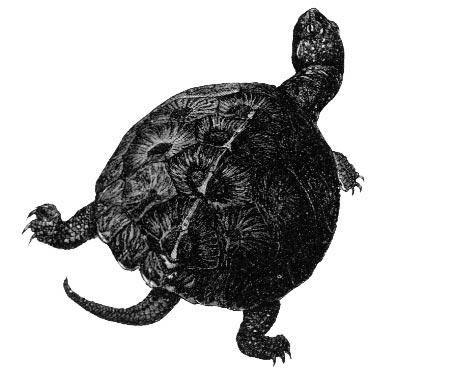
This Article From Issue
July-August 1998
Volume 86, Number 4
DOI: 10.1511/1998.31.0
Superb fairy wrens mate for life, but they are classic philanderers. After doing his duty at the home nest, the male visits every female's nest in the vicinity. He frequently comes courting with an offering of flowers in his beak. Every so often he gets lucky and mates with a female other than his own.
A Natural History of Australia
Tim M. Berra
Academic Press. $44.95

From A Natural History of Australia.
The tube worm, Riftia pachyptila, an important species in black smoker [ocean-floor hot-water vent] communities, does not possess any organs suitable for the intake or digestion of food, nor for excreting. It can only survive with the help of the symbiotic sulfur bacteria thriving in its trophosome [the dark center].
Life on the Edge
Michael Gross
Plenum. $25.95

From Life on the Edge.
Gopher tortoises [modify] the landscape in the sandy soil habitats where their burrows serve as refuges not only for themselves but for many other animals. Gopher tortoises are the most terrestrial of the eastern turtles, living a peaceful life grazing on grasses and other vegetation and spending the off hours of darkness or cold weather underground.
Ecoviews: Snakes, Snails and Environmental Tales
Whit Gibbons and Anne R. Gibbons
University of Alabama Press. $16.95.

From Ecoviews: Snakes, Snails and Environmental Tales.
American Scientist Comments and Discussion
To discuss our articles or comment on them, please share them and tag American Scientist on social media platforms. Here are links to our profiles on Twitter, Facebook, and LinkedIn.
If we re-share your post, we will moderate comments/discussion following our comments policy.